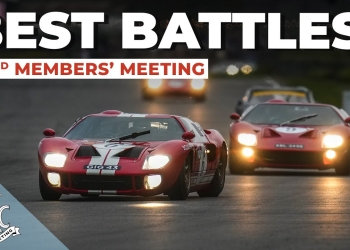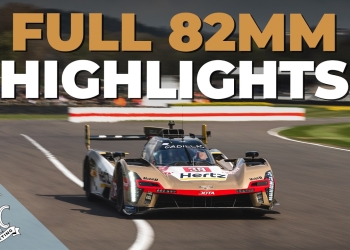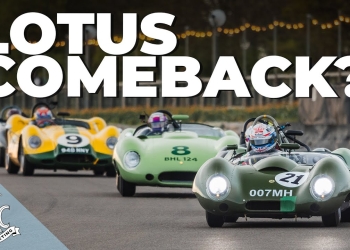Reviving the Golden Age: The 2024 Goodwood Trophy
There's something magical about the Goodwood Revival. As I stood trackside, the air thick with the scent of racing fuel and hot rubber, I couldn't help but feel transported back in time. The 2024 Goodwood Trophy race was about to begin, and the grid was a sight to behold. Pre-war Grand Prix cars lined up alongside their post-war counterparts, their gleaming bodywork a testament to the loving restoration work of their owners. These weren't just any old racers - these were the very machines that laid the foundation for modern Formula 1.A Grid Steeped in History
The diversity of the field was staggering. From the thunderous Alfa Romeo 158 'Alfetta' - a car that dominated the first two seasons of F1 - to the sleek Maserati 4CLT, each vehicle told a story of innovation and daring. But it was the V16-powered behemoths that truly caught my eye. These engineering marvels, with their complex engines producing ungodly amounts of power, were a stark reminder of an era when motorsport was as much about pushing technological boundaries as it was about racing."These cars aren't just fast - they're a handful to drive. It takes real skill to keep them pointing in the right direction," remarked veteran driver John Smithson, his eyes gleaming with anticipation.
The Race Unfolds
As the flag dropped, the roar of engines drowned out everything else. The pack surged forward, a kaleidoscope of color and chrome hurtling towards the first corner. It was clear from the outset that this wasn't going to be a processional affair. The lead changed hands multiple times in the opening laps. The nimble handling of the lighter post-war cars gave them an advantage in the corners, but the raw power of the pre-war machines allowed them to claw back ground on the straights.Click here to preview your posts with PRO themes ››
Halfway through the race, a light drizzle began to fall. On modern slicks, this would have sent teams scrambling for wet tires. But these old-school treaded tires were made of sterner stuff. The drivers pressed on, their cars sliding gracefully through the corners in a display of car control that would make even today's F1 stars green with envy.The V16: A Symphony of Power
But let's talk about that V16. In a field of exceptional machines, it stood out like a lion among house cats. Its distinctive howl cut through the air, sending shivers down my spine every time it passed. The V16 configuration is a rare beast in motorsport history. Developed in an era when there were few restrictions on engine design, it represented the pinnacle of pre-war engineering. With two banks of eight cylinders, these engines could rev higher and produce more power than their contemporaries. However, they came with their own set of challenges. The complexity of the engine made them notoriously unreliable, and their thirst for fuel meant frequent pit stops. It was a classic case of high risk, high reward - when they worked, they were unbeatable. When they didn't, well, that's racing.A Nail-Biting Finish
As the laps ticked down, the battle for the lead intensified. The V16-powered car, which had been lurking in the midfield, began to make its move. Lap after lap, it picked off competitors, its raw speed allowing it to close gaps that seemed insurmountable. With just two laps to go, it was a three-way fight for the win. The crowd was on its feet, collectively holding its breath as the leaders navigated the final corners.Click here to preview your posts with PRO themes ››
In a finish that could have been scripted in Hollywood, the V16 car crossed the line first, mere inches ahead of its closest rival. The grandstands erupted in cheers, and I found myself joining in, my journalistic objectivity momentarily forgotten in the excitement of the moment.








